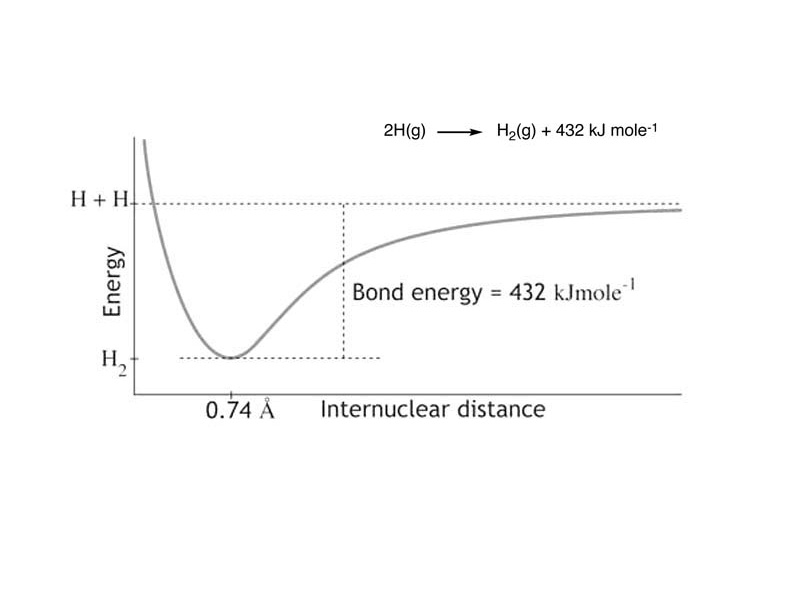Interdisciplinary Note (19 of 20)
Look to the electrostatic potential energy changes that occur in a chemical transformation at the particle level to make the internal energy change of the entire thermodynamic system intelligible. Compare the initial and final states. What are the changes in the relative position of charge densities. What has changed at the the chemical bonding level or intermolecular level? Are unlike charges come closer together, such as when oxygen pulls electrons in towards itself? Have like charges spread apart, such as when electrons delocalize in resonance? Both of those are representatives of a kind of decrease in electrostatic potential energy. If something this is happening with Avagadro's number of particles, that is a chemical system losing internal energy, and it is likely that heat is flowing into the surroundings.
Note that along with the collective electrical potential energy of the charged particles, the kinetic energy, which they possess through their motion, is the other form of internal energy. Change in energy can occur along lines of electrostatic potential energy, or change could occur if the particles speed up or slow down. The kinetic energy of the particles, we call the thermal energy of the system. Thermal energy is distributed into partitions of translational, rotational and vibrational motion.
Although you must always keep in mind that the interactions are governed by quantum mechanics, a basic, uncomplicated, classical view of electrostatic potential energy change is an invaluable heuristic for predicting whether or not a chemical system has gained or lost energy through a particular transformation.
Based on what's happening with the particles, chemical reasoning can derive the macrostate perspective. What does the change to the system like for a measured quantity of of material on the bench-top? In thermocemistry, we ask how the internal energy changes we have analyzed will translate into heat flow between the system and its surroundings.
This line of reasoning is the heart of chemical intuition, an imaginative conceptual skill rather than a specific set of quantitative problem solving skills, to be able to move in the conceptual imagination from the consideration of electrostatic potential energy changes at the particle level to internal energy change of the system to heat flow between the system and its surroundings. This is absolutely fundamental to an understanding of chemical change. It is one of the primary conceptual arcs in physical science.
